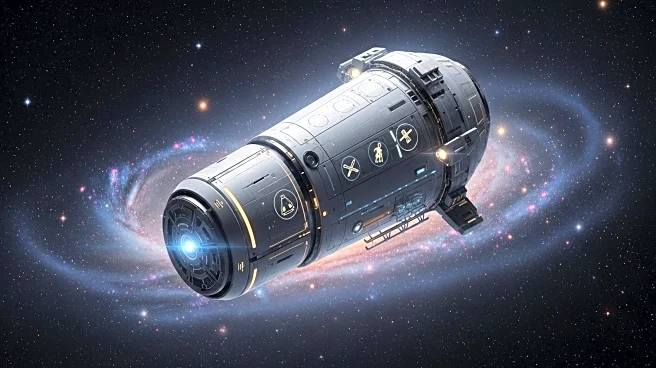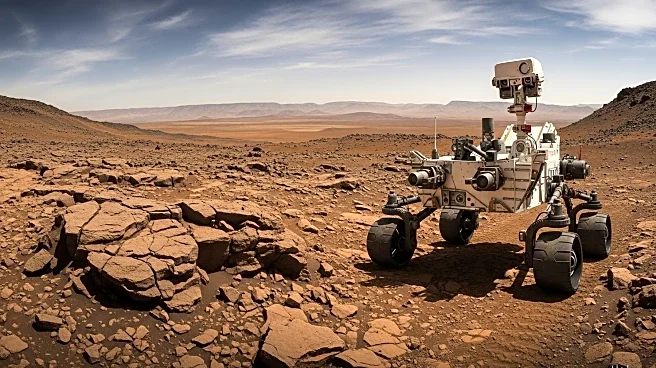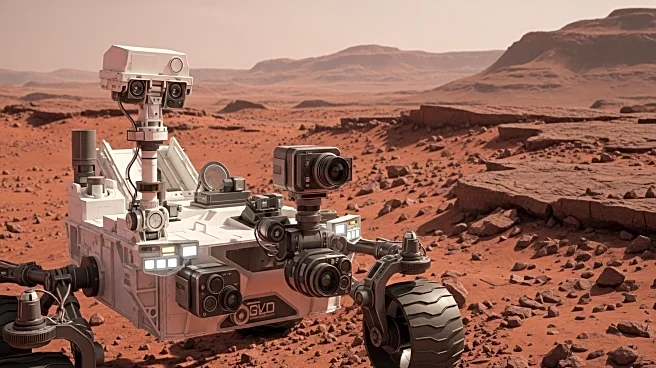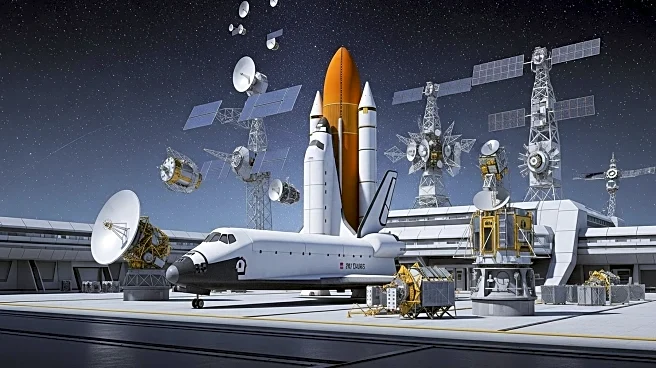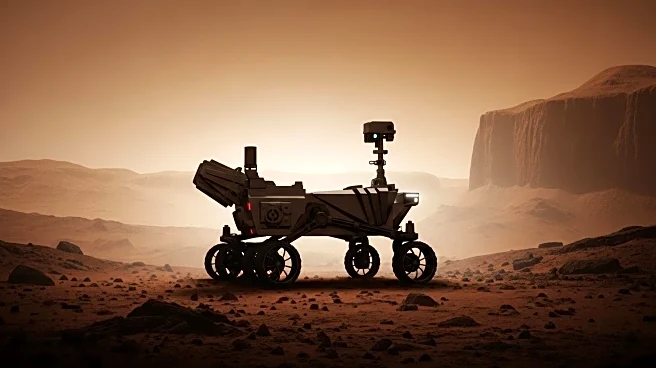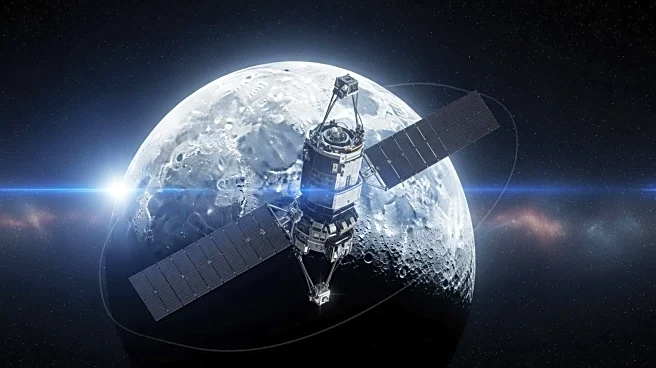What's Happening?
A new book titled 'Gemini & Mercury Remastered' has been published, featuring 300 meticulously restored photographs from NASA's Mercury and Gemini programs during the 1960s. The book, developed by Andy Saunders, aims to bring back to life the stories and achievements of America's early space pioneers. The Gemini missions, including the first U.S. spacewalk by Ed White during Gemini 4, marked significant milestones in human space exploration. These missions were crucial in developing the skills and technologies needed for future space endeavors, including the Apollo program. The book serves as a tribute to the bravery and innovation of the astronauts and engineers who participated in these groundbreaking missions.
Why It's Important?
The publication of 'Gemini & Mercury Remastered' is significant as it revives interest in the foundational years of U.S. space exploration. The Gemini missions were instrumental in advancing human spaceflight capabilities, setting the stage for the Apollo missions and subsequent space exploration efforts. By showcasing restored images, the book provides a visual and historical record that underscores the courage and ingenuity of early astronauts. This renewed focus on past achievements can inspire current and future generations to continue exploring and innovating in space technology. It also highlights the importance of preserving historical records for educational and inspirational purposes.
What's Next?
The release of the book may spark renewed interest in the history of space exploration, potentially leading to more educational initiatives and public engagement with NASA's current and future missions. As NASA continues its Artemis program and plans for Mars exploration, understanding the legacy of past missions can provide valuable insights and inspiration. The book could also encourage further restoration projects of historical spaceflight images, contributing to a broader appreciation of space history.
Beyond the Headlines
The restoration of these images not only serves as a historical record but also raises questions about the preservation of digital and physical archives in the age of technology. It highlights the importance of maintaining and restoring historical data to ensure that significant achievements are not lost to time. Additionally, the book's focus on the human element of space exploration emphasizes the cultural and societal impact of these missions, reminding us of the collective human effort involved in reaching beyond our planet.
